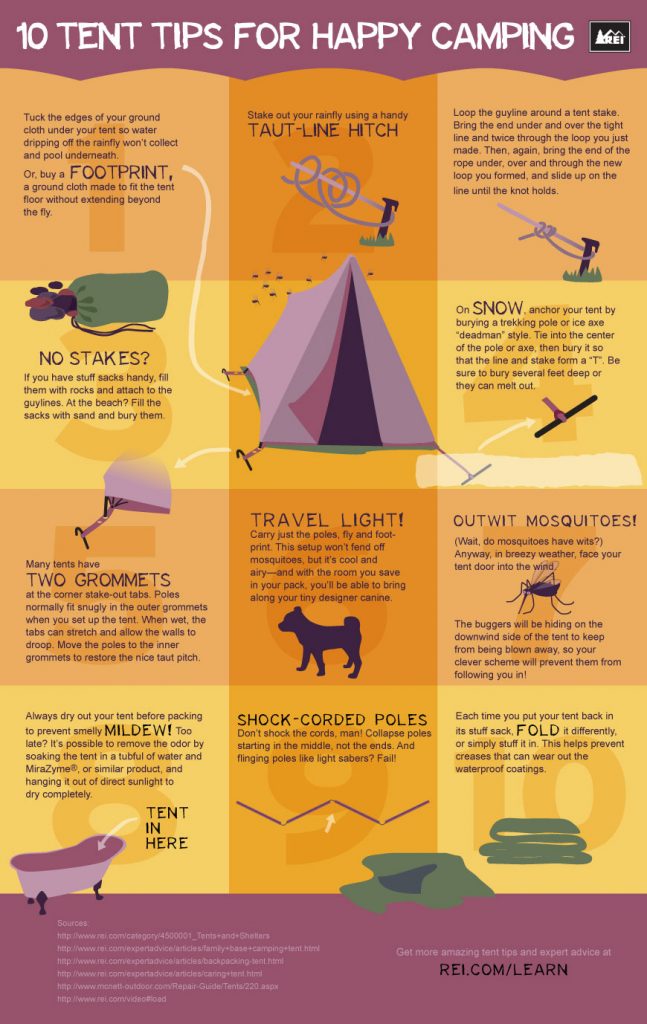Whether you're a newbie camper or a seasoned professional, grasping the art of outdoor tents throwing is vital to an enjoyable camping experience. Avoid these common mistakes when deploying your rainfly, and you'll be well on your way to a serene evening under the celebrities.
Practice makes best: Establish your camping tent in the house, including the rainfly, to acquaint on your own with exactly how it affixes and where the clips or buckles go.
2. Not Releasing the Rainfly Appropriately
The pitter-patter of rain on an outdoor tents roof can be a pleasurable, natural noise. Yet when it infiltrates your shelter and starts trickling inside, the experience can be anything however positive. That's why it is essential to pitch the rainfall fly correctly, making certain it is taut and all of the person lines are properly positioned. On top of that, ensure all zippers and clips are protected, which the corner military tent webbing tensioners are cinched down so they do not restrict the opening of the Pinnacle vents. And if you anticipate windy problems, include some additional guylines to support the fly. A bowline knot linked to a guyout loophole makes an easy and protected method to do this.
You need to also bring additional guyline cable and guyline tensioners (tiny plastic parts that tighten the lines). This is particularly vital if you are camping in hilly regions where the weather can alter swiftly.
3. Not Betting Your Tent Securely
Even a well-seasoned camper can fall under this catch. Usually, it's because of easy fumbling or misreading directions. Occasionally it's the outcome of hurrying or skipping steps. Other times it is because of a lack of interest or emphasis. Whatever the reason, an inadequately pitched tent can turn camping into a stressful battle before even the s'mores are out.
Most likely the most typical error is stopping working to effectively bet the outdoor tents. This leaves the sanctuary at risk to also modest winds. To prevent this, constantly drive risks at a 45-degree angle. And make certain to use guy lines, which help keep the rain fly taught and prevent flapping or sagging. Most tents have Velcro wraps at each edge that can be tightened up to maintain the fly and give added stress to the individual line.
